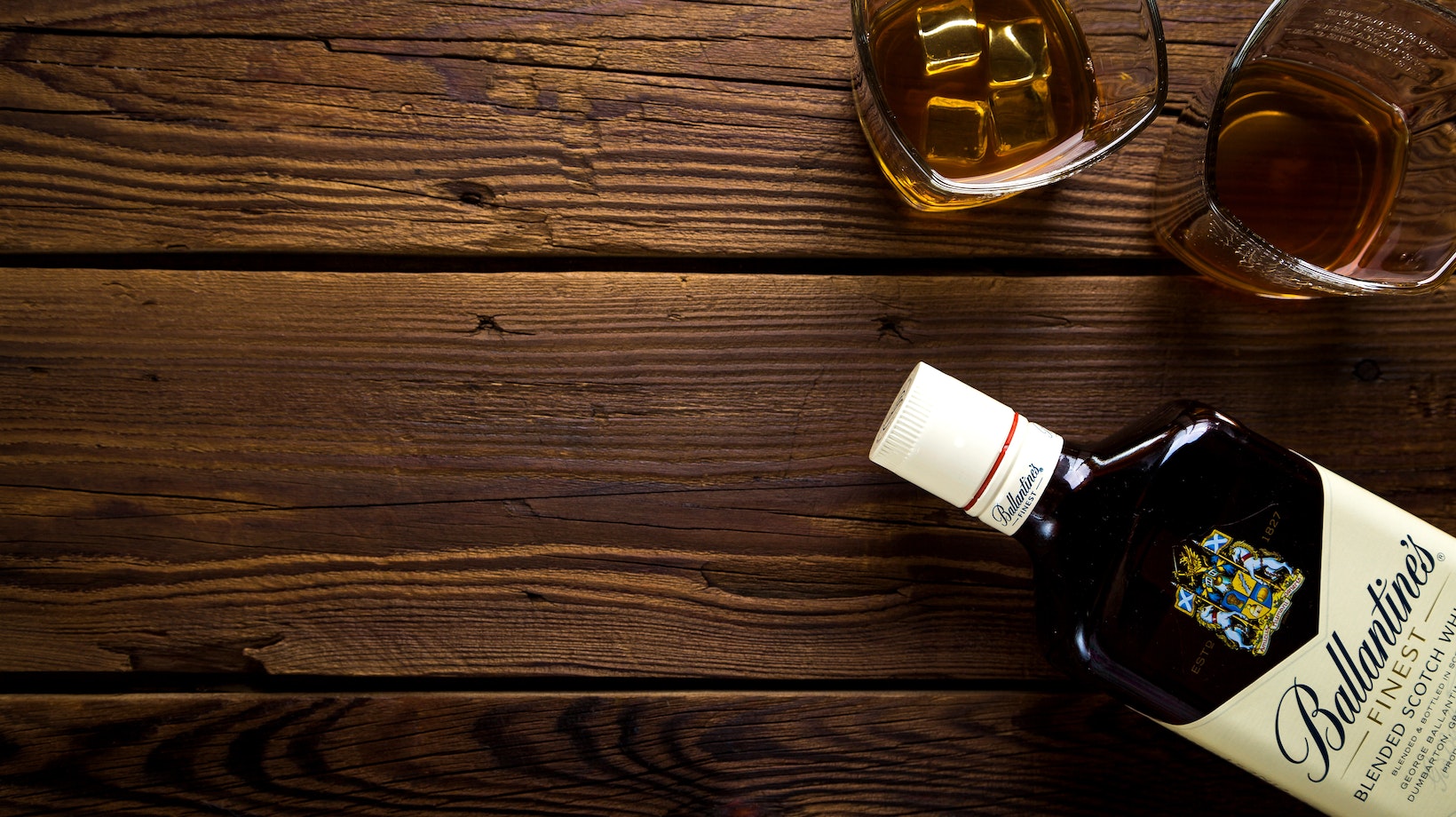
Price Range: How Much Does It Cost to Invest in Whiskey
How Much Does It Cost to Invest in Whiskey
When it comes to investing in whiskey, one of the key factors that can significantly impact the cost is the age statement. The age statement refers to the number of years a whiskey has been aged in oak barrels before being bottled. As a general rule, older whiskies tend to be more expensive due to their rarity and the additional time and resources required for aging.
For example, a 12-year-old single malt scotch whisky might have a higher price tag compared to its younger counterparts. The extended maturation process allows flavors and complexities to develop, making older whiskies highly sought after by collectors and enthusiasts alike.
Rare Whiskey Editions
Another factor that influences whiskey investment costs is the exclusivity of rare editions. Limited edition releases or bottles from discontinued distilleries often carry a premium price due to their scarcity and desirability among collectors.
For instance, an extremely limited batch release from an iconic distillery could command a significant price increase compared to regular production bottles. These unique editions not only offer a distinct taste profile but also hold potential for appreciating in value over time.
Market Demand and Trends
The ever-changing market demand and trends play a vital role in determining whiskey investment costs. Popular brands or styles that are currently on-trend may experience increased prices as demand outpaces supply.
For instance, if there is growing interest in peated Islay whiskies or bourbons aged in heavily charred barrels, prices for these particular styles may rise accordingly. Additionally, factors such as awards won by specific distilleries or positive evaluations from renowned critics can also influence market demand and subsequently affect pricing.
It’s essential for prospective investors to keep track of industry trends and consumer preferences when considering whiskey investments. By staying informed about shifts in demand patterns, one can make more informed decisions about which bottles have greater potential for appreciation in value over time.
In conclusion, several factors contribute to the cost of investing in whiskey. The age statement of a whiskey, rare editions or limited releases, and market demand and trends all play significant roles in determining the price investors can expect to pay. Understanding these factors can help investors make informed decisions and navigate the dynamic world of whiskey investments with confidence.

Considering Insurance and Security Costs
When it comes to investing in whiskey, it’s crucial to consider the additional expenses associated with insurance and security. Safeguarding your valuable collection is essential to protect your investment from any potential risks or losses. Let’s delve into the key factors to consider when calculating the costs of insurance and security for your whiskey investments.
- Insurance Coverage:
Insuring your whiskey collection is a smart move to mitigate the financial risks associated with theft, damage, or loss. The cost of insurance will vary depending on several factors including the total value of your collection, its storage location, and the level of coverage you opt for. It’s advisable to consult with an insurance provider specializing in valuable collections or fine spirits to determine an appropriate coverage plan.
- Storage Facilities:
Investing in a secure storage facility is crucial for safeguarding your whiskey collection. These facilities offer controlled environments that help maintain optimal conditions for aging and preserving whiskies while minimizing potential risks such as temperature fluctuations or exposure to light. However, renting a dedicated storage space can add significant overhead costs to your investment journey.
- Security Measures:
Implementing robust security measures is vital in protecting your whiskey investment from theft or unauthorized access. This may include installing surveillance cameras, alarm systems, access control mechanisms, and fire suppression systems within your storage area or cellar. While these security measures require upfront investments, they provide peace of mind knowing that your prized whiskies are well-protected.
- Transportation Costs:
If you decide to transport or relocate your whiskey collection at any point during its lifespan, it’s important to factor in transportation costs as well as ensure proper packaging and handling procedures are followed to prevent any damage en route.
It’s worth noting that specific costs associated with insurance and security will vary based on individual circumstances such as the size of the collection, location, and personal preferences regarding coverage levels and security measures implemented.
In conclusion,
When considering how much it costs to invest in whiskey, it’s crucial to account for insurance and security expenses. These include the cost of insurance coverage, secure storage facilities, implementing robust security measures, and potential transportation costs. By taking these factors into consideration, you can ensure that your whiskey investment is adequately protected, giving you peace of mind as you watch your collection grow over time.





